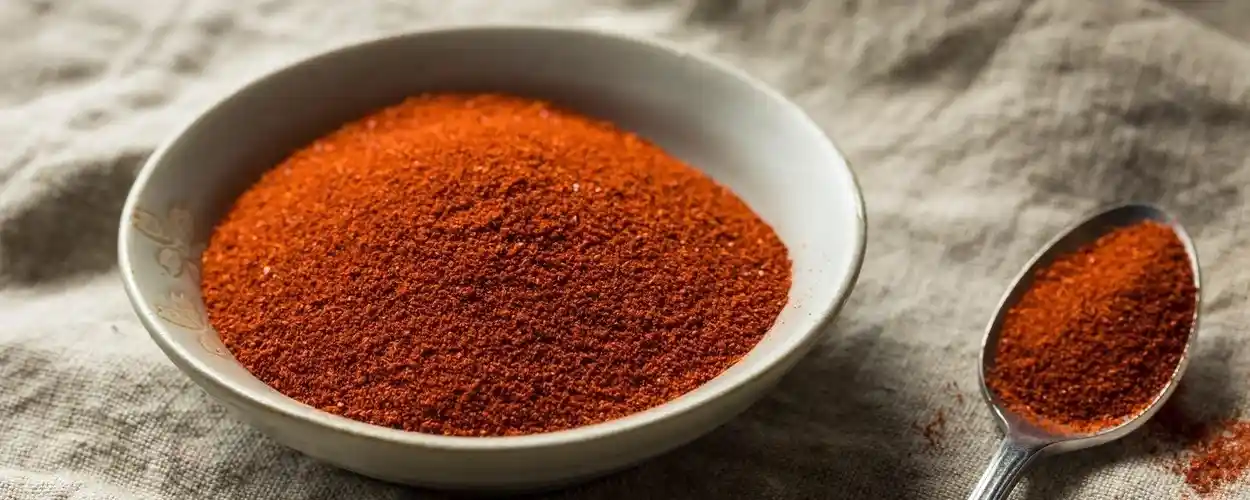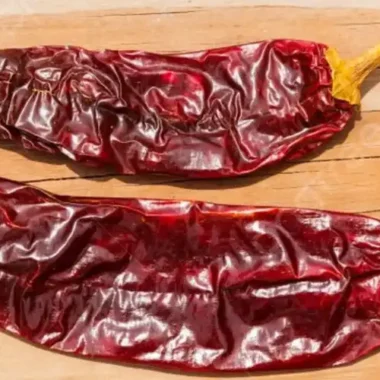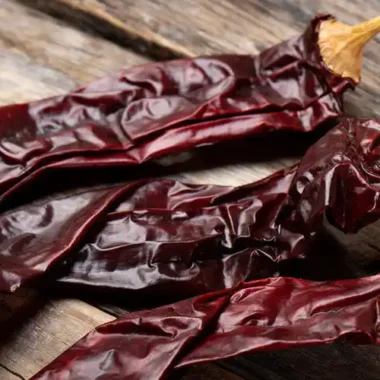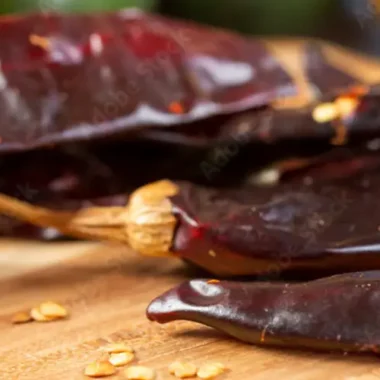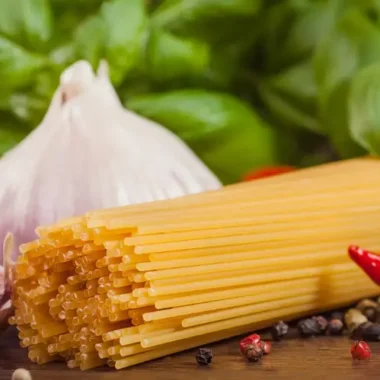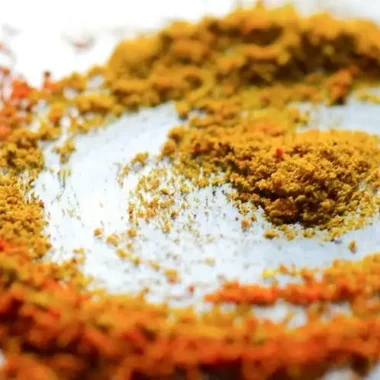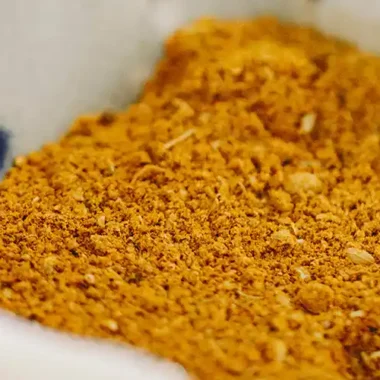Turkish cuisine is famous for its exotic, aromatic, and various flavors that were influenced by cultural interaction. What is in Turkish spice blend is central to Turkish cooking, as it is a blend of spices and herbs that gives kebabs, pilaf, and stews an appetizing and complex taste. In this article, we will be discussing what is in Turkish spice blend, how it is used, how you can make it at home, and how to customize the blend according to your preference. In addition, we will also look at more specific spices used in prominent Turkish meals like lamb and chicken.
What is a Turkish Spice Blend?
A Turkish spice blend is a set of selected herbs and spices added to enhance the flavor of several Turkish recipes. Although what is in Turkish spice blend may differ depending on the area or specific dish, the usual ingredients are cumin, sumac, paprika, oregano, and coriander. These spice blends are designed to complement the natural flavors of meats, vegetables, and grains, offering a harmonious balance between savory, earthy, slightly sweet, and mildly spicy notes.
Turkish spice blends are versatile and can be adapted to suit a wide range of dishes, from grilled meats like kebabs to soups, stews, and salads. They are not typically overly hot or spicy, as Turkish cuisine focuses more on depth of flavor rather than heat. This makes them perfect for enhancing dishes without overpowering the other ingredients.
What is in Turkish Spice Blend
Turkish spice blend is composed of several key ingredients that provide the distinctive flavors associated with Turkish cuisine. Each spice serves a specific purpose, contributing to the overall flavor profile in various ways. Let’s take a closer look at the most common ingredients found in Turkish spice blend:
- Cumin – The first ingredient of what is in Turkish spice blend is cumin. Warm and earthy, cumin is the backbone of many Turkish spice blends. It is often used ground and adds depth to a wide variety of dishes, especially meat-based recipes like kebabs and stews.
- Paprika – Paprika is one of the key spices in the Turkish spice blend, adding a mild sweetness and a vibrant red color. Both sweet and smoked varieties are used, depending on the dish. It is often used in combination with chili flakes for an additional layer of heat and depth, though Turkish cuisine tends to be more flavorful than spicy.
- Coriander – Coriander seeds are often ground and used in the Turkish spice blend to provide a citrusy undertone. The slight sweetness of coriander works well in both meat and vegetable dishes, adding complexity to the overall flavor profile.
- Sumac – Sumac is a signature spice in what is in Turkish spice blend, valued for its tangy, lemon-like flavor. It is typically used as a finishing spice, sprinkled over grilled meats, salads, and vegetables to brighten and lift the flavors of the dish.
- Black Pepper – Black pepper is often used in moderation to add a sharp, spicy kick to the Turkish seasoning blend, and help to balance the sweetness of paprika and the earthiness of cumin.
- Oregano – Oregano is a common herb in Turkish spice blends, adding a peppery and slightly bitter note that balances the richness of other spices like cumin and paprika. It is particularly prominent in spice mixes used for meats and vegetables.
- Cinnamon – A surprising yet essential addition of what is in Turkish spice blend, cinnamon provides a hint of warmth and sweetness.
- Chili Flakes Pul Biber – Chili flakes, known locally as “pul biber,” are used to introduce mild heat. They are typically less intense than other types of chili, adding just enough warmth without overpowering the dish.
- Garlic Powder – Although fresh garlic is common in Turkish cuisine, garlic powder is often used in Turkish spice blends for its ease of use and long shelf life. It adds a savory depth to the mix.
Read More: Turkish Spices | What They Are and How to Use
How to Make Turkish Seasoning Blend
Making your own Turkish spice blend at home allows you to control the quality and quantity of what is in Turkish spice blend.If you want to try it Here’s a simple recipe :
Ingredients
- 2 tbsp cumin
- 1 tbsp paprika (or smoked paprika)
- 1 tbsp coriander
- 1 tbsp sumac
- 1 tbsp black pepper
- 2 tbsp garlic powder
- 1 tbsp onion powder
- 1 tbsp dried oregano
- ½ tsp cinnamon
- 2 tsp chili flakes (optional)
Instructions
- Combine all the spices of the Turkish spice blend in a bowl and mix thoroughly, then transfer the mixture to an airtight container and store in a cool, dark place.
Your Turkish spice blend can last for up to 6 months if stored properly.
Storage Tips
- Keep the Turkish spice blend away from moisture and sunlight, which can cause the spices to lose their potency.
- Use a glass jar with a tight lid to preserve the flavors.
- Label the container with the date to track its freshness and use older versions first before they spoil.
Discover Falafel Spice | Ingredients, Uses and Recipe
Customize Your Blend
One of the joys of making your own Turkish spice blend is that you can easily adjust the recipe and what is in Turkish spice blend to suit your preferences. Here are a few ways you can tweak the blend to suit different culinary needs:
- Increase the Heat – If you prefer a spicier blend, then add more chili flakes or a dash of cayenne pepper.
- Add Sweetness – Increase the amount of cinnamon or add a touch of ground cloves for a slightly sweet undertone.
- For Smoky Flavor – Incorporate smoked paprika to add depth and a smoky flavor that pairs well with grilled meats.
- For Herbaceous Flavor – Increase the amount of oregano in the mix for a more pronounced herbal flavor for the Turkish seasoning blend.
- For Extra Savory Notes – Increase the amount of garlic powder or add a pinch of onion powder.
- For Freshness – Add more herbs like parsley or mint to the mix of what is in Turkish spice blend, which can brighten the flavors and make the blend more suitable for lighter dishes like salads or grilled fish.
- For a milder blend – Reduce the amount of black pepper and omit the red pepper flakes altogether.
Read Also: Oregano: Uses, Taste, Vairities, Substitute and Oil
Usage
Aside from knowing what is in Turkish spice blend, discovering the versatility of a Turkish spice blend makes it a valuable tool in the kitchen. Here are a few common uses:
- Meat Rub – Apply the blend as a rub for meats such as lamb, chicken, or beef before grilling or roasting. The spices of Turkish spice blend will form a flavorful crust on the meat, enhancing its natural taste.
- Marinade – Mix the Turkish spice blend with olive oil and lemon juice to create a simple but effective marinade for meats and vegetables. It is important to let the ingredients marinate for a few hours before cooking to allow the flavors to penetrate.
- Soups and Stews – Stir a spoonful of the Turkish seasoning blend into soups and stews to add warmth and complexity to the dish. Turkish spice mix works especially well with lentil soups and tomato-based stews.
- Vegetable Seasoning – What is in Turkish spice blend makes it valuable to sprinkle the seasoning over roasted or sautéed vegetables to enhance their flavor.
- Salad Topping – Sumac, in particular, is a great addition to salads, adding a tangy brightness to fresh greens, tomatoes, and onions.
- Rice and Pilafs – Mix Turkish seasoning blend into rice or bulgur pilafs for added depth and complexity.
Discover Recipes with Lemon Pepper Seasoning
Where to Buy Turkish Spices
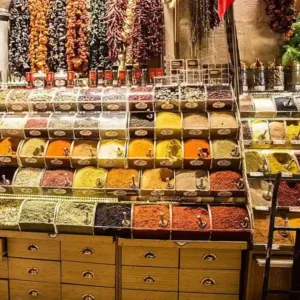
Turkish seasoning can be found in a variety of places, both online and in specialty grocery stores. Here are some tips for sourcing high-quality Turkish spices:
- Online Retailers
If you want to make a Turkish spice blend by yourself, then you can buy ZestyHut’s Turkish Spice Blend, and enjoy the process with precise amounts of each ingredient, and a guide to follow with complete steps from A to Z.
Order Turkish Spice Blend Formula Now!
- Middle Eastern Markets
Local grocery stores that specialize in Middle Eastern or Mediterranean products are a great place to find authentic Turkish spices. Look for high-quality cumin, sumac, and paprika, as these are essential spices of what is in Turkish spice blend.
- Turkish Bazaars
If you visit Turkey, it would be a great opportunity to explore local bazaars like Istanbul’s Grand Bazaar or the Spice Bazaar, where you can buy fresh and high-quality spices directly from local vendors.
- Supermarkets
Some larger supermarkets, especially those with international aisles, may carry basic Turkish spices like cumin, paprika, and thyme.
Turkish Kebab Spice Mix
Kebabs are one of the most iconic dishes in Turkish cuisine, and what is in Turkish spice blend used for kebabs is integral to their flavor. The kebab spice mix is slightly different from the general Turkish spice blend, focusing more on the spices that complement grilled meats and typically include cumin, coriander, paprika, garlic, and black pepper, with sumac often added as a finishing touch. Some regional variations also incorporate cinnamon or allspice for added warmth, particularly in lamb kebabs.
The key to a great kebab is to season the meat generously with the spice blend before grilling. The spices form a delicious crust on the outside of the meat, locking in moisture and flavor while the meat cooks.
What is in Turkish Spice Blend for Lamb?
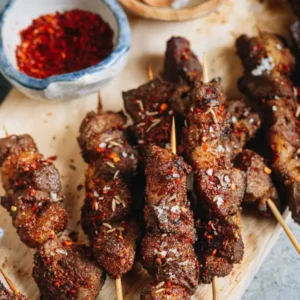
Lamb is a popular meat in Turkish cuisine and is often seasoned with a specialized spice blend to bring out its rich, savory flavor. What is in Turkish spice blend for lamb typically includes cumin, coriander, sumac, black pepper, oregano, paprika, and garlic powder.
This blend helps to balance the strong taste of lamb, adding a touch of heat and earthiness to the dish, while sumac is often added to provide a burst of acidity.
Some regional variations of lamb spice blends may also include cloves or allspice, adding a deeper, slightly sweet note that complements the natural fattiness of lamb. This combination of spices highlights the natural richness of lamb without overpowering its flavor. You can use this blend as a rub before roasting or grilling lamb, or mix it with yogurt and olive oil to create a marinade.
What is in Turkish Spice Blend for Chicken?
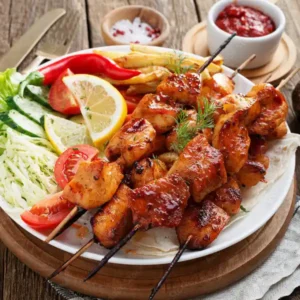
The spice blend for chicken tends to be lighter and more aromatic, focusing on herbs and milder spices. What is in Turkish spice blend for chicken includes cumin, paprika, garlic, oregano, and thyme. Chili flakes are often added for a bit of warmth, but the overall flavor is balanced and not too spicy.
This blend works well for both grilled and roasted chicken, adding depth to the dish without overwhelming the natural flavor of the meat. Lemon zest or sumac can also be included to add brightness and freshness.
Conclusion
The Turkish spice blend is the key component of Turkish cooking and contributes warmth, richness, and layers of flavor to dishes. What is in Turkish spice blend makes it perfect for seasoning meats, vegetables, and even grains making it a versatile tool to have in the kitchen. Preparing the blend at home means that you have the freedom to mix the spices to your preferred amounts to achieve a unique result in every meal. Whether you are cooking authentic Turkish dishes or trying out the trendiest recipes, Turkish spices will bring your culinary skills to the next level.
FAQs
- Why is Turkish food not spicy?
Turkish food focuses more on the balance of flavors—aromatic, tangy, and earthy—rather than intense heat. While some dishes use mild chili flakes, the cuisine emphasizes fresh herbs, earthy spices, and tangy flavors rather.
- What is the red spice used in Turkish food?
The red spice commonly used in Turkish food is paprika, both sweet and smoked varieties, and *pul biber* (Turkish chili flakes), which adds a subtle sweetness and warmth without overpowering heat.
- What is Turkey’s signature dish?
Turkey’s signature dish is arguably the kebab, particularly lamb kebabs. Other iconic dishes include dolma (stuffed vegetables), and baklava for dessert.
- What are four herbs used most often in Turkish cooking?
The four herbs most commonly used in Turkish cooking are oregano, thyme, parsley, and mint. These herbs are used fresh or dried to add aromatic flavor to meats, salads, soups, and stews.
- Is garlic used in Turkish cooking?
Yes, garlic is widely used in Turkish cooking, both fresh and in powdered form. It is a key ingredient in many savory dishes, including marinades, sauces, stews, and mezes.
- Is sumac used in Turkish food?
Yes, sumac is a staple addition to what is in Turkish spice blend. Its tangy, lemon-like flavor is often used to season grilled meats, salads, and vegetables, adding a bright and zesty touch to various dishes.

